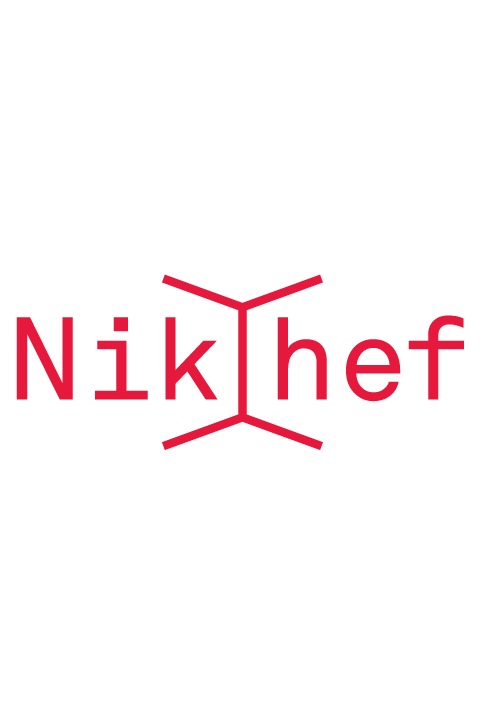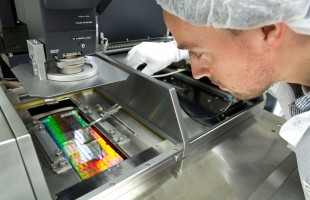The Netherlands are in the race for providing hardware to LISA, the first space observatory for gravitational waves, scheduled for launch in 2034. NWO institutes SRON and Nikhef have signed a contract with Dutch companies Bright Photonics and Smart Photonics for the development of LISA’s laser detection system. TNO has received funding from the Netherlands Space Office to develop technology for alignment of the optical systems.
Astronomers use gravitational waves to observe events in the Universe that are invisible to our telescopes, such as collisions between stellar black holes or neutron stars. However, observatories on Earth are unable to detect gravitational waves with a length exceeding 10,000 kilometers, meaning that for example supermassive black holes remain invisible. Therefore ESA is developing the Laser Interferometer Space Antenna (LISA), which will use its 2.5 million kilometer arms to detect much longer wavelengths. These arms consist of laser beams between three separate satellites and are able to detect minuscule changes in distance.
Dutch consortium
Two Dutch partnerships want to provide hardware for LISA. TNO will develop prototypes for aiming part of the optics: LISA’s glasses. This enable for example a precise alignment of the laser beams. Nikhef, Bright Photonics and Smart Photonics, under SRON supervision, start the development of a prototype of the so-called quadrant photodiodes: the laser detection system of LISA’s eyes. Both prototypes should be ready in about a year, as a first aptitude test.
Photodiodes
The quadrant photodiodes register the infrared laser beams between LISA’s three satellites. The lasers have a power of 1 Watt, but diverge during their 2.5 million kilometer journey such that only 500 picoWatts remain upon arrival. ‘In order to be able to notice this, the diodes must have extremely low noise levels,’ says Jean in ‘t Zand, SRON researcher and project leader of the diode project. Niels van Bakel (Nikhef) mentions working with a material other than silicon as another challenge: ‘To increase the sensitivity of LISA’s eyes, we need to use indium gallium arsenide. I am very glad that we have found two good companies in The Netherlands that can get started on this.’
Point-ahead mechanism
LISA’s three satellites—2.5 million km apart—are constantly moving relative to each other within a margin of about ten thousand kilometers. Fortunately, this happens gradually enough such that it doesn’t affect the measurements. Still, it means the laser beams often need to be adjusted. TNO develops mechanisms for this that can aim with a precision of milli-arcseconds under extreme space conditions. This amounts to pointing out a dime on the Eiffel tower from The Netherlands. ‘The state-of-the-art technology that TNO develops for these mechanisms is crucial for the realization of the LISA mission,’ says Oana van der Togt, Business Developer at TNO. ‘For that we make use of the extensive optical knowledge that is available in The Netherlands.’
LISA and Dutch science
The Dutch partnership around LISA is represented by Prof. Gijs Nelemans from Radboud University, who is also the initiator of the Dutch hardware contributions to LISA. He looks forward to the new instruments: ‘The combination of short and long wavelengths means that after the recent spectacular start of the new field, will get a much more complete picture of the Universe in gravitational waves in the future.’
SRON and Nikhef received a ‘startimpuls’ from the Nationale Wetenschapsagenda to work on the photodiodes.
Source: SRON

